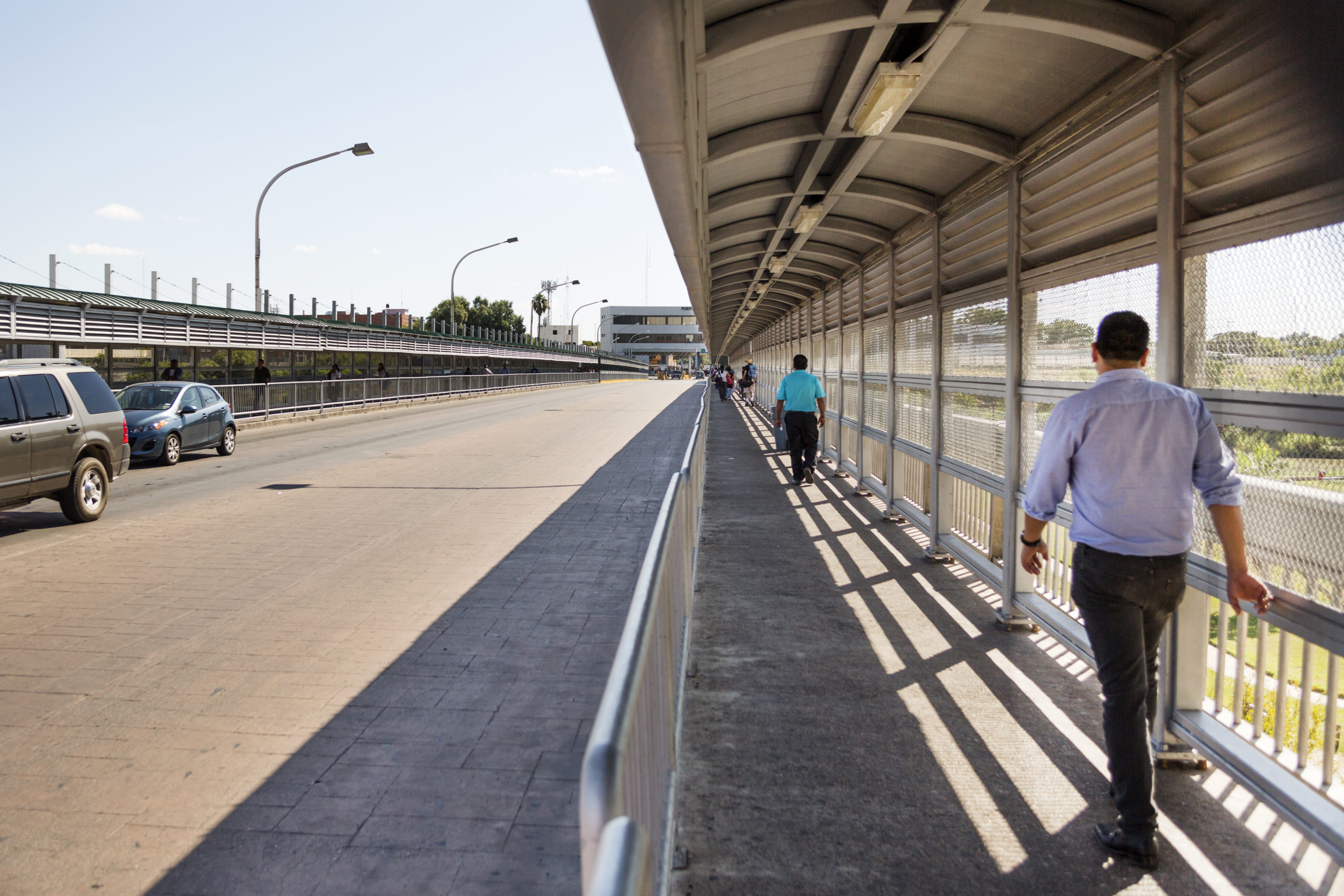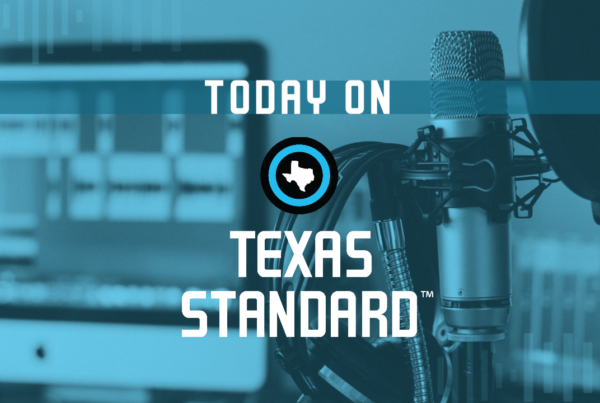Laredo has long been the dominant land port between the United States and Mexico, but according to reporting by The New York Times, the city may soon play an even larger role on the global economic stage.
In the wake of supply chain upheaval and alarmed by tensions with China, some U.S. companies are shifting production from across the Pacific to Mexico. This could signal that more goods could soon be streaming across the several international bridges that straddle the Rio Grande between Laredo and Nuevo Laredo across the border.
Daniel Covarrubias, director of the Texas Center for Border Economic and Enterprise Development research and data center at Texas A&M International University in Laredo, joined Texas Standard to talk about the new role Laredo could play in the global economy. Listen to the story above or read the transcript below.
This transcript has been edited lightly for clarity:
Texas Standard: I understand you are in Washington right now, and this very issue is front and center. Let’s talk a little bit about how much stuff moves through the Port of Laredo every day as it stands.
Daniel Covarrubias: The Port of Laredo is a very important port. Many people, when they speak about ports, they just think about seaports via Los Angeles, airports – Chicago, JFK. But the Port of Laredo, it’s right up there. It’s always in the top three. In numbers, from January to November of 2022, $275 billion in total trade have moved through Laredo. So that brings it down to about $25 billion a month. And if you bring it down to a day, it’s about $833 million a day of total trade that moves through Laredo.
Well, Mexico is our No. 1 trading partner, and so more activity through the Port of Laredo could potentially be rather transformative. Are you already seeing these changes coming? I mean, is more traffic coming through Laredo now?
Well, that target that you’re speaking about, there’s this whole trend called “nearshoring.” And nearshoring basically is what you are describing of companies relocating their supply chain components and regionalize that a bit more. So bringing it down to not suffer those supply chain strains that they suffer from the pandemic. We still haven’t seen an uptick in numbers. It’s something that’s going to take a while. These investments are not done so fast. I mean, there’s very big investments that have to be done in setting up manufacturing plants and so on. But we do see the possibility of this growth.
There’s one report that at least I have found by the World Bank: It’s an estimate of how exports from Mexico can grow into the United States. It’s about $25 billion more of exports than Mexico is exporting right now to the United States – about a $150 billion – so you add $25 billion, that’s significant.
Is the local infrastructure in Laredo ready for that uptick in trade?
It is significant, but Laredo has grown because of a whole regional logistics system that exists there. I mean, there’s a sufficient infrastructure with custom brokers, with transportation companies, with logistics companies. There’s a lot of growth in warehousing and so on. We have to look at the physical infrastructure at the bridges. Laredo has two main bridges: the World Trade Bridge, which handles over 90% of all of this cargo, and Colombia Bridge, which handles 10%. So there’s room to grow there at Colombia Bridge. There’s a new planned bridge 4/5 that it’s under planning mechanisms right now.
But what we look at at the Texas Center is how technology can improve and make these flows more efficient. We developed a concept that we call “logistechs” – a play-on word with “logistics” and “technology” – and we’re analyzing and trying to help policymakers and government and CBP see how technology can better handle all of these cross-border flows and it can make these crossings more efficient and timely.












